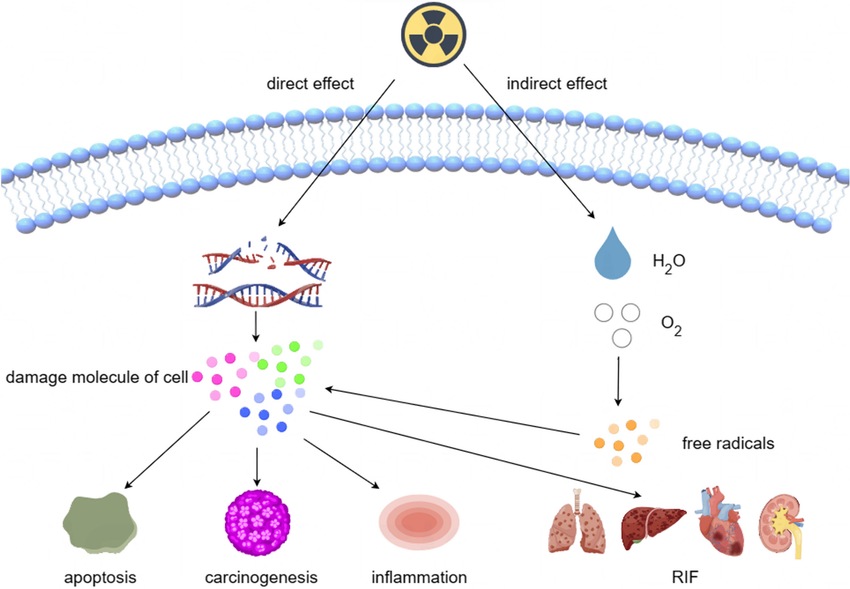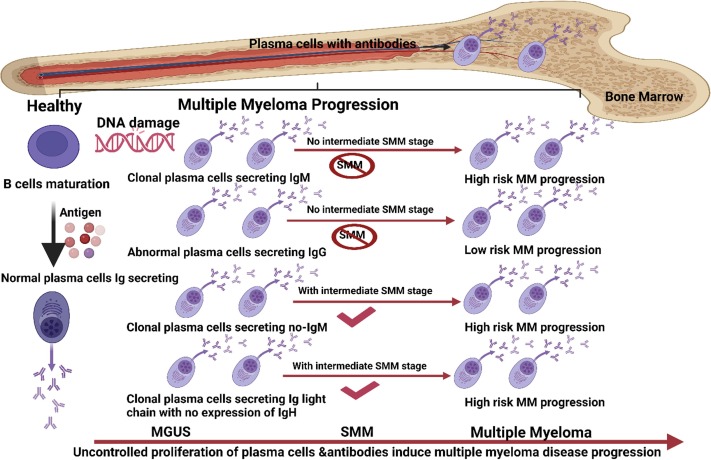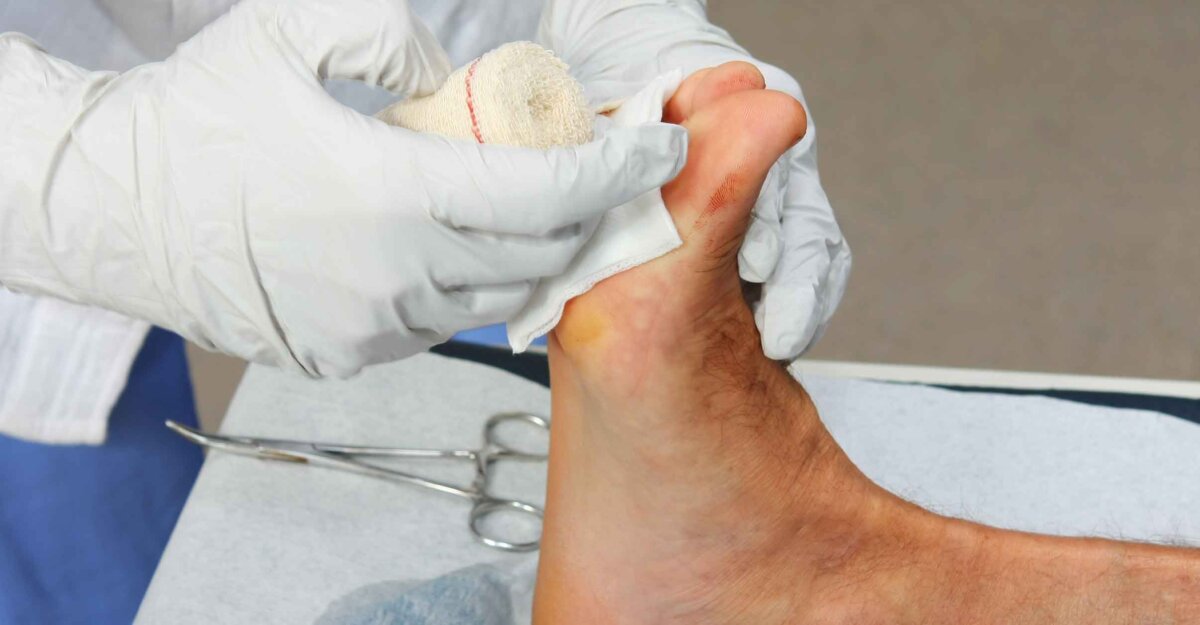
Biochemical and Molecular Basis of Single Gene Disorders
The biochemical and molecular basis of single gene (Mendelian) disorders can be understood through several key mechanisms that affect protein or gene product synthesis. These mechanisms include:
1. Mutations Affecting Transcription, mRNA Processing, and Translation
- Mutations in the DNA sequence can lead to errors in transcription, where the genetic information is copied from DNA to mRNA. This can result in abnormal mRNA that may be improperly processed or translated into a dysfunctional protein.
2. Enzyme Defects
- Enzyme defects are a common cause of Mendelian disorders. These defects can result from mutations that lead to reduced enzyme activity or decreased enzyme production. The consequences may include:
- Metabolic blocks due to the accumulation of substrates (e.g., galactosemia, phenylketonuria).
- Failure to produce necessary end products (e.g., lack of melanin due to tyrosinase deficiency).
- Inability to inactivate toxic substrates (e.g., α1-antitrypsin deficiency).
3. Defects in Membrane Receptors and Transport Systems
- Some disorders arise from mutations affecting membrane receptors or transport proteins, which are crucial for cellular uptake and signaling. For example:
- Familial Hypercholesterolemia results from defective LDL receptors leading to cholesterol accumulation outside cells.
4. Alterations in Non-Enzyme Proteins
- Changes in the structure, function, or quantity of non-enzyme proteins can also lead to disorders:
- Sickle cell anemia is caused by an abnormal structure of the globin molecule.
- Thalassemia results from deficiencies in either α or β globin chains.
5. Genetically Determined Adverse Drug Reactions
- Certain genetic enzyme deficiencies may only manifest when individuals are exposed to specific drugs, highlighting the importance of pharmacogenetics. For instance:
- G6PD deficiency typically does not cause symptoms until exposure to certain medications like antimalarials leads to severe hemolysis.
These mechanisms illustrate how single gene mutations can have profound effects on biochemical pathways and ultimately influence phenotype.
Pathogenesis and Morphology of Marfan Syndrome, Familial Hypercholesterolemia, Lysosomal Storage Diseases, Niemann-Pick Disease, Gaucher Disease, Glycogen Storage Diseases
1. Marfan Syndrome
- Pathogenesis: Marfan syndrome is primarily caused by mutations in the FBN1 gene located on chromosome 15, which encodes the connective protein fibrillin-1. This mutation leads to a deficiency or abnormality in fibrillin-1, resulting in weakened connective tissue. The disorder follows an autosomal dominant inheritance pattern, meaning that only one copy of the mutated gene is sufficient to cause the disease.
- Morphology: The morphological features of Marfan syndrome include elongated bones (arachnodactyly), hyperflexible joints, and a tall stature due to excessive growth. Histologically, there may be alterations in the structure of elastic fibers within connective tissues. Cardiovascular abnormalities are common, including dilation of the aorta and mitral valve prolapse.
2. Familial Hypercholesterolemia
- Pathogenesis: Familial hypercholesterolemia (FH) is caused by mutations in genes responsible for low-density lipoprotein (LDL) receptor function (most commonly LDLR). This leads to impaired clearance of LDL cholesterol from the bloodstream, resulting in elevated cholesterol levels. FH can be inherited in an autosomal dominant manner.
- Morphology: Morphological changes associated with FH include xanthomas (cholesterol deposits) in tendons and skin as well as corneal arcus. Atherosclerosis develops early due to high levels of circulating LDL cholesterol, leading to cardiovascular complications such as coronary artery disease.
3. Lysosomal Storage Diseases
- Pathogenesis: Lysosomal storage diseases (LSDs) are a group of inherited metabolic disorders caused by enzyme deficiencies that lead to the accumulation of substrates within lysosomes. Each LSD is linked to a specific enzyme defect that disrupts normal catabolic processes.
- Morphology: Morphological findings vary by specific LSD but generally include enlarged lysosomes filled with undigested substrates. Common histopathological features include cellular swelling and organomegaly due to substrate accumulation. For example, hepatosplenomegaly is often observed.
4. Niemann-Pick Disease
- Pathogenesis: Niemann-Pick disease results from mutations in either the SMPD1 gene (type A and B) or NPC1/NPC2 genes (type C). These mutations lead to sphingomyelin accumulation due to defective lipid metabolism or transport.
- Morphology: Histologically, Niemann-Pick disease is characterized by foamy macrophages filled with sphingomyelin deposits in various organs such as the liver and spleen. The brain may also show neurodegeneration depending on the type of Niemann-Pick disease.
5. Gaucher Disease
- Pathogenesis: Gaucher disease is caused by mutations in the GBA gene encoding glucocerebrosidase enzyme. This deficiency leads to glucocerebroside accumulation primarily within macrophages.
- Morphology: The hallmark morphology includes “Gaucher cells,” which are lipid-laden macrophages found predominantly in bone marrow, spleen, and liver. These cells have a characteristic wrinkled cytoplasm appearance due to accumulated substrate.
6. Glycogen Storage Diseases
- Pathogenesis: Glycogen storage diseases (GSDs) result from defects in enzymes involved in glycogen synthesis or degradation. Each type corresponds to a specific enzymatic deficiency affecting glycogen metabolism.
- Morphology: Histological examination typically reveals excessive glycogen accumulation within affected tissues such as liver and muscle cells. Staining techniques like periodic acid-Schiff (PAS) stain highlight this excess glycogen deposition.
In summary:
- Marfan syndrome: Caused by FBN1 gene mutation leading to connective tissue abnormalities.
- Familial hypercholesterolemia: Caused by LDLR mutations resulting in elevated cholesterol levels.
- Lysosomal storage diseases: Result from enzyme deficiencies causing substrate accumulation.
- Niemann-Pick disease: Characterized by sphingomyelin accumulation due to SMPD1 or NPC gene mutations.
- Gaucher disease: Caused by GBA gene mutation leading to glucocerebroside accumulation.
- Glycogen storage diseases: Result from defects in enzymes regulating glycogen metabolism.







